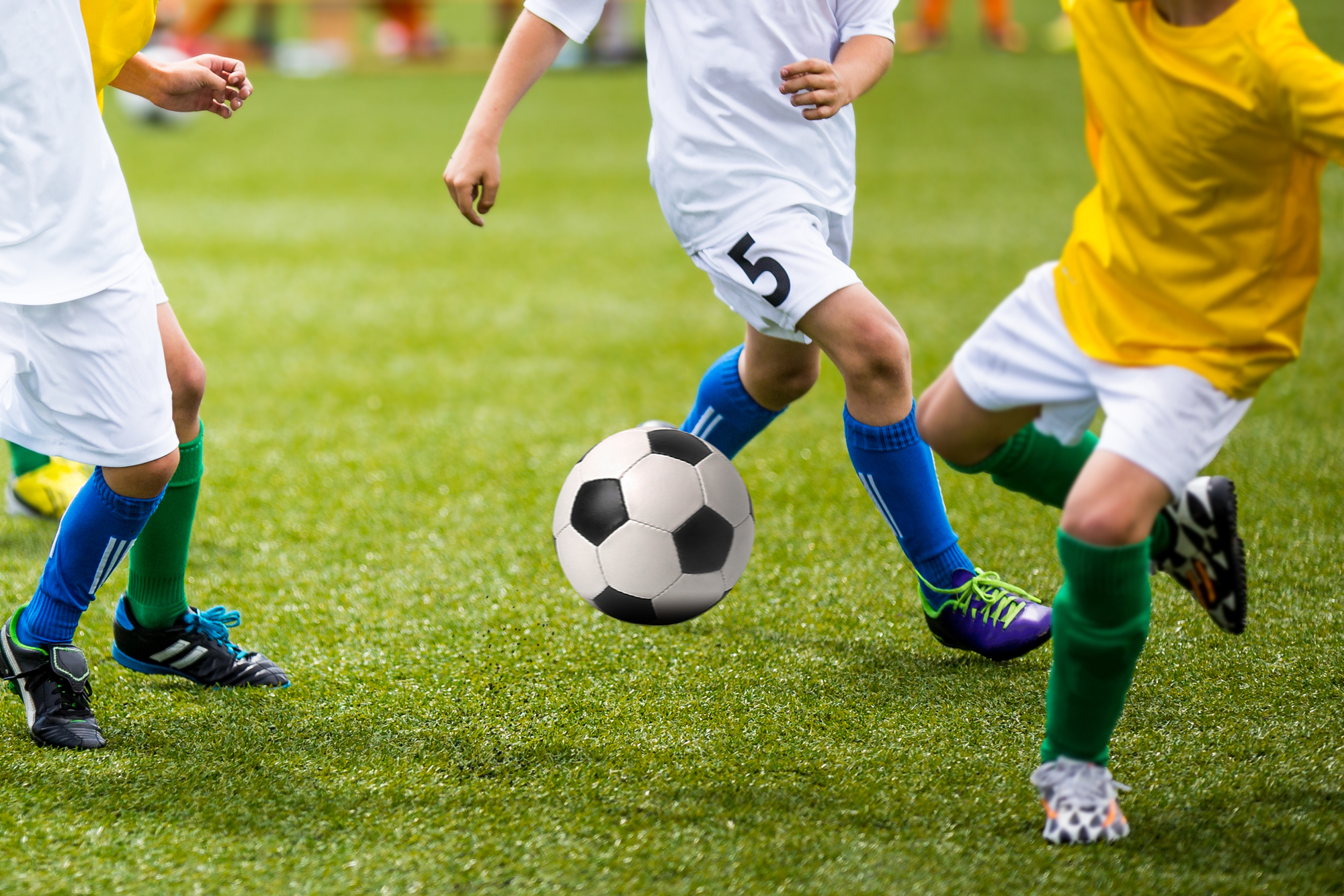Believe it or not, team sport dates back 70,000 years and while it may have started from warfare and military training it was always a form of entertainment that bonded us humans together.
Today, Australia is known to be a great sporting nation and this great society equaliser is an integral part of our lives for many reasons including the physical and mental strength it brings the players and often the spectators too. From little league to professional sport, some of the best fun we have, as families, are on sports fields.
When my son first donned his soccer uniform at 4-years old he couldn’t have looked cuter and no one cared whether he was a boy or a girl. He just played his little heart out with the rest of his champion friends. As he got older, things got more complicated.
While he wore boys’ clothes and all his friends were boys, he wasn’t allowed to play in a boy’s team, which was heartbreaking for him. As his body dysmorphia increased with age, feeling an outcast from his sport added to his pain. This left a very athletic child without the social and physical outlet that is so important as you grow up as well as feeling hurt, confused and angry.
It’s not just local sporting heroes who have felt the pain of trying to fit into sports as a transgender person.
In April 2023 Basketball Australia told transgender athlete Lexi Rodgers that she was ineligible to play elite-level basketball for her beloved Kilsyth Cobras in the NBL1 South women’s semi-professional basketball league.
At the time, BA said in a statement that they assess the eligibility of prospective elite-level transgender athletes “on a ‘case-by-case’ basis, accounting for and balancing a range of factors”, without specifying those factors.
In response to BA’s decision, Rodgers expressed her disappointment with the ruling and the message it projected.
In an Instagram post, she said, “I sought a different outcome from Basketball Australia. I participated fully and in good faith with the process and eligibility criteria. Consistent with the views expressed by so many, I firmly believe I have a place as an athlete in women’s basketball. Basketball is one of the great loves of my life. Like so many people who play every week across the country, the basketball court is where I feel safe, where I feel free, and where I feel I belong.”
As you can imagine, transgender people in sports are not a new talking point. In the 1990’s Ricki Coughlan, an unassuming gym manager from Sydney’s south became an instant celebrity because she was one of the first out transgender women in Australian sport. She graced magazine covers, made newspaper headlines and appeared on TV talk shows.
In 1991 she said, “I hadn’t told anyone about my story and my past because this was already like 10 years old by 1991, and I’d really moved beyond that and it wasn’t a thing in my life. Now and again I would think, well would there be a problem if someone found out about my past while I was racing? I thought maybe some people might think it wasn’t good, but I didn’t think it would become the affair that it did.”
On a happier note, among other transgender athletes who have made the Olympics, New Zealander Laurel Hubbard made her Olympic debut in weightlifting at the 2020 Summer Olympics. She was the first openly transgender woman to compete at the Olympics and the first openly trans athlete to compete at an individual event in the Summer Olympics.
Indeed, the transgender world has come a long way in the last fourteen years, since my son kicked a ball around for our local team. One of the most prominent changes was this month when the Australian Institute of Sport passed new guidelines for elite trans athletes giving them and future generations a reason to celebrate.
While some in the transgender community don’t feel the changes go far enough around inclusion, they are certainly a very good step forward for all our children who just want to play sport.









